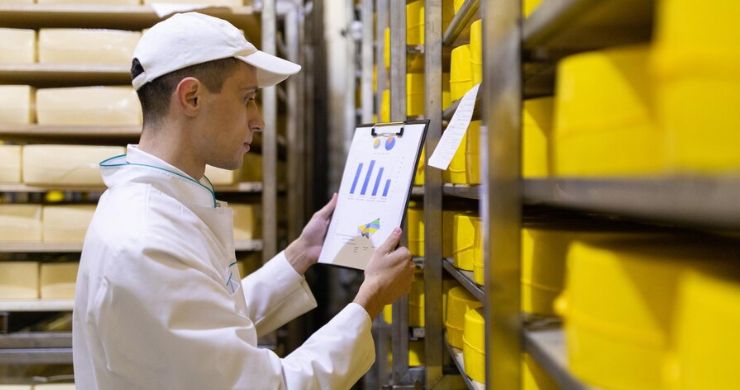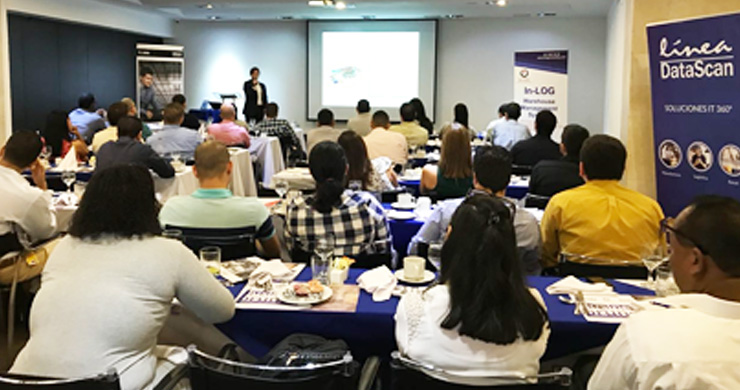Demand forecasting is a critical discipline in supply chain management and business planning. With the advent of artificial intelligence (AI), companies are experiencing a revolution in how they predict the demand for products and services. This article delves deeply into how artificial intelligence is transforming demand forecasting, highlighting its benefits, challenges, and best practices for its implementation.
What is Demand Forecasting?
Demand forecasting is the process of estimating the quantity of a product or service that consumers will demand in a given future period. This practice is essential for businesses, as it allows them to plan production, manage inventories, and optimize the supply chain, minimizing both excess and shortage of products.
Traditionally, demand forecasting has relied on statistical methods and historical data analysis. However, these approaches can be limited in a dynamic business environment, where consumption patterns can change rapidly due to economic, social, or technological factors.
Artificial Intelligence in Demand Forecasting
1. Advanced Predictive Models
Artificial intelligence has introduced advanced predictive models that overcome the limitations of traditional techniques. Using machine learning algorithms, companies can analyze large volumes of data in real time and detect complex patterns that would be impossible to identify manually. These models can continuously adjust as new data is integrated into the system, improving the accuracy of forecasts.
2. Integration of Diverse Data Sources
Unlike traditional methods, which rely on a limited set of historical data, AI can integrate multiple data sources, such as social media trends, weather data, economic patterns, and more. This capability allows businesses to have a more holistic and accurate view of the factors influencing demand.
3. Real-Time Analysis
One of the greatest benefits of AI is the ability to perform real-time analysis. This means that businesses can quickly react to changes in demand, adjusting their production and supply strategies almost instantaneously. For example, if a product begins to gain popularity suddenly due to a social media trend, an AI system can detect this surge in demand and suggest adjustments in production.
Benefits of AI-Driven Demand Forecasting
1. Greater Accuracy
The ability of AI to analyze large volumes of data and learn from it enables much more accurate forecasts than those based on traditional methods. This reduces the risk of planning errors and helps avoid both stockouts and excess inventory.
2. Cost Reduction
By optimizing inventory management and production planning, companies can significantly reduce operational costs. Fewer surplus products in the warehouse mean less capital tied up in inventory, and production adjusted to demand reduces manufacturing costs.
3. Improved Customer Satisfaction
More accurate forecasting ensures that products are available when customers need them, improving customer satisfaction and strengthening brand loyalty. Additionally, the ability to respond quickly to changes in demand helps businesses maintain their competitiveness in a dynamic market.
Challenges in Implementing AI for Demand Forecasting
1. Quality and Availability of Data
One of the main challenges is the quality and availability of data. AI systems require large amounts of accurate data to function effectively. If the data are incomplete or inaccurate, the precision of the forecasts may be compromised.
2. Implementation Cost
Implementing AI solutions can be costly, especially for small and medium-sized enterprises. Besides the initial costs of software and hardware, companies must invest in training personnel and integrating these technologies with their existing systems.
3. Resistance to Change
As with any new technology, there can be resistance to change within the organization. Adopting AI requires a change of mindset and a willingness to trust algorithms instead of relying solely on human expertise and traditional methods.
Best Practices for Implementing AI in Demand Forecasting
1. Start with a Pilot Project
Before implementing AI on a large scale, it is advisable to start with a pilot project. This allows the company to assess the effectiveness of the technology in a controlled environment and make adjustments before a full rollout.
2. Ensure Data Quality
It is crucial that the data used to train AI models are of high quality. This means not only having accurate data but also ensuring they are clean and properly labeled.
3. Train Personnel
The success of implementing AI largely depends on the ability of staff to use and trust the new technology. Ongoing training and skill development are essential to ensure that the team can fully leverage AI capabilities.
4. Integration with Existing Systems
AI must integrate seamlessly with existing supply chain management and business planning systems. This requires careful planning and collaboration between IT and operations departments.
Artificial intelligence is transforming demand forecasting, enabling businesses to be more accurate, agile, and efficient in their planning. While there are challenges in implementation, the long-term benefits far outweigh the initial hurdles. With the right strategy, AI can become a driver of growth and competitiveness in an increasingly demanding market.
Adopting artificial intelligence in demand forecasting is not just an option, but a necessity for businesses that wish to stay at the forefront of the modern economy.
You may also be interested in…




